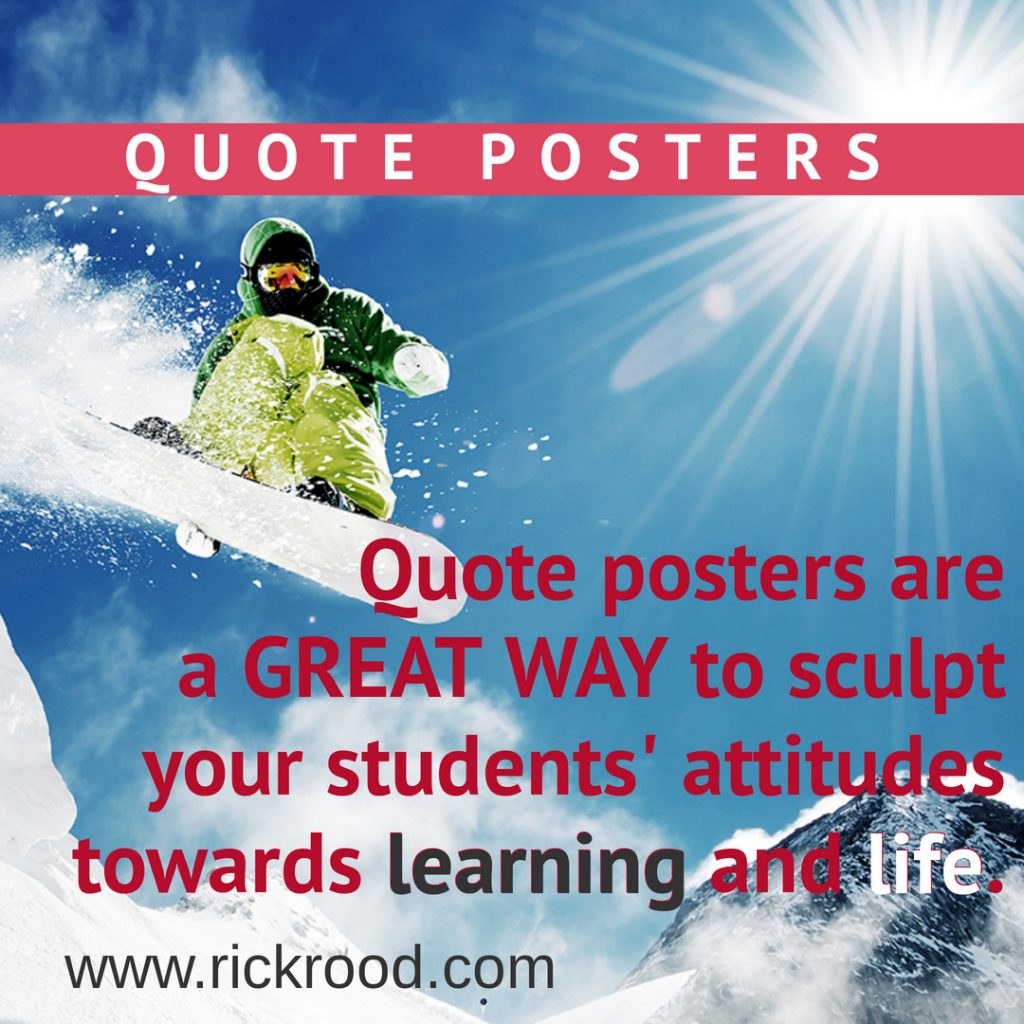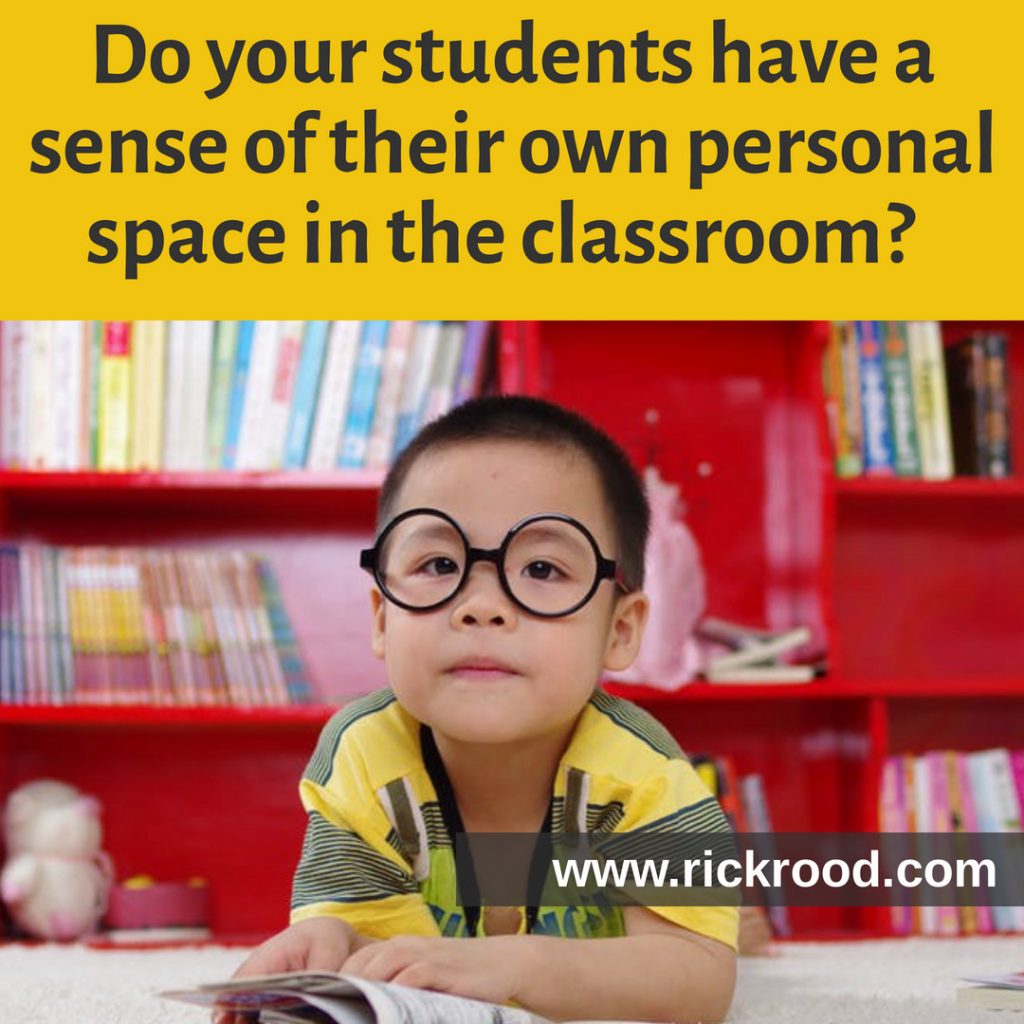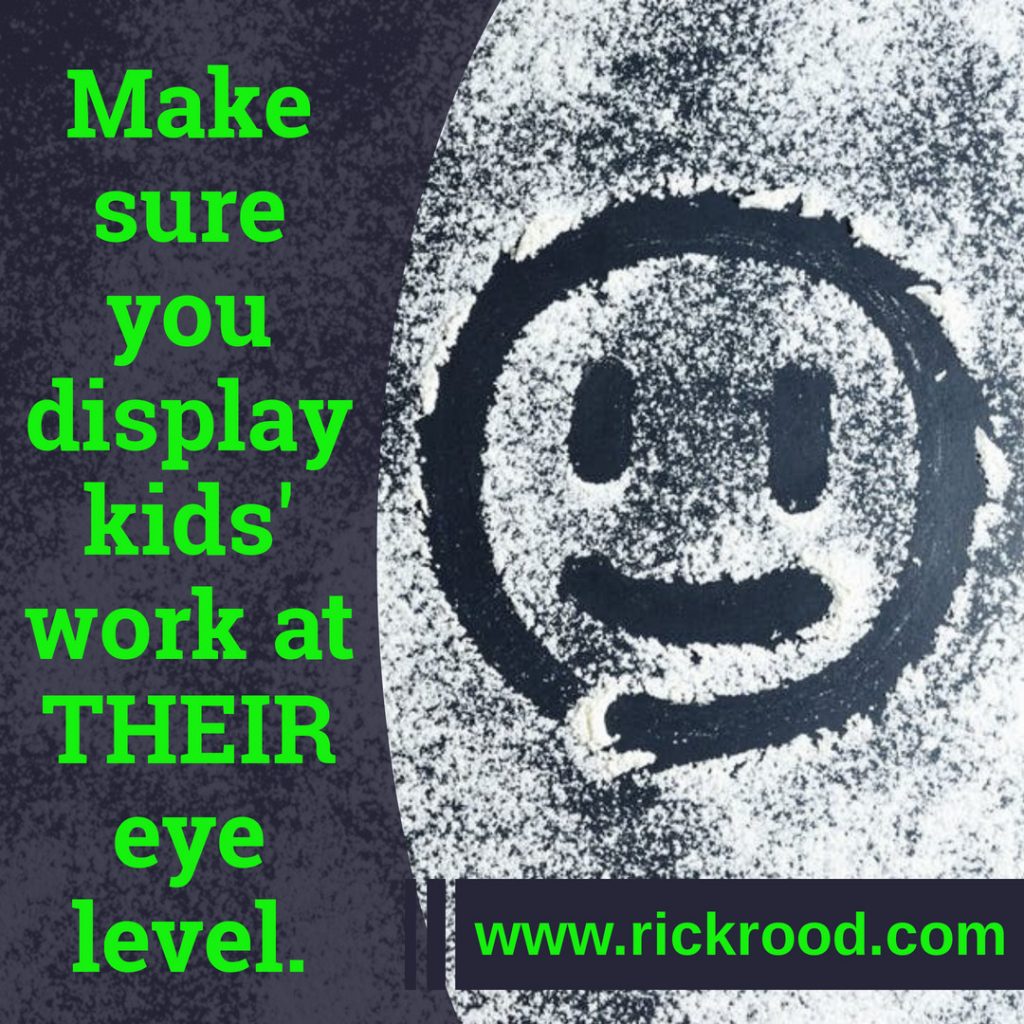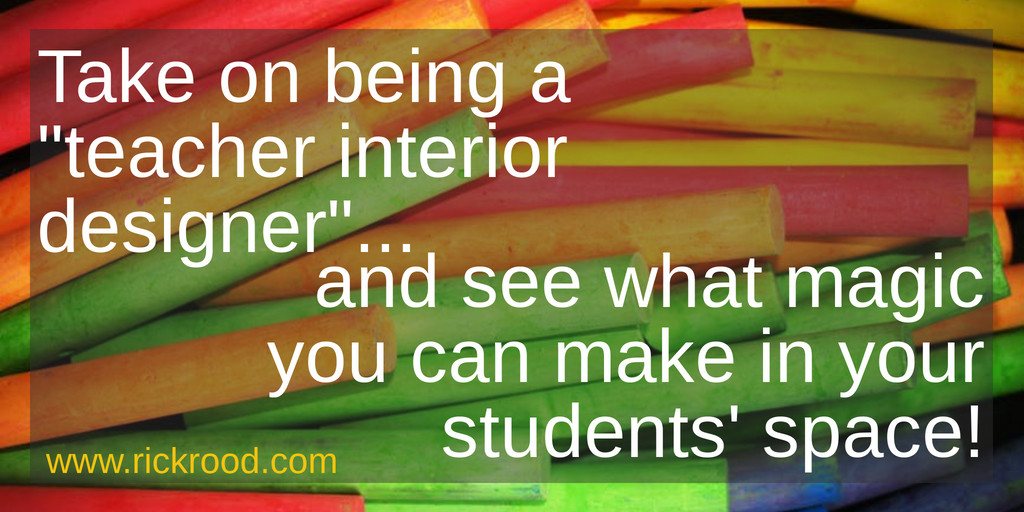This video discusses the first piece of the ERE framework, ENVIRONMENT. The idea is that everything we do as educators to shape our students’ outcomes can be categorized into one of these three areas: Environments, Relationships, and Experiences.
Rick goes over the three key distinctions that educators need to think about in the physical environment that we provide for our students.
The first distinction involves layout. Rick will walk you through what to look for when analyzing the OVERALL LAYOUT of your student’s space in your center or classroom. This includes how it is laid out, what types of areas you have available and which areas are next to which. He will even have you working on your “ideal” floor plan and how to be flexible and trying new ideas. Rick also covers students’ personal spaces, as well as the need for interest and contrasting experiences for your students, including visual, tactile and auditory. Each should have their own place in the layout of the environment.


The second thing that Rick covers is the “LOOK” of your environment. Most of us don’t put a lot of thought into it, but it has probably the biggest effect on the subconscious mind of our students and that is the visual experience of our environments, the LOOK. Rick discusses our pedagogy and psychology classes and their use of modalities – the visual, auditory, and kinesthetic –we know that every learner operates optimally with different mixtures of those three. However, on the quantitative scale, the modality that by far gets the most “brain attention” is the visual modality. So, with that in mind, we need to remember to add intention to the visual elements within our environment.
Finally, Rick talks about what he likes to call LOCATION, or if you want to get technical the “Kinesthetic Coordination” of the environment. He discusses making sure that the loud stays with the loud, and the quiet stays with the quiet, making sure your environment reflects your expectations of behavior, and making sure that you LITERALLY spend time with your students’ visual perspective. He also covers the secret key on how to properly display your students work, both for optimum visual appeal, but also for the best impact on your student’s experience.

So many times, we focus on the curriculum that we forget how important the environment is to the growth and development of children and youth. This video takes educators to the next phase of optimizing their environment for the students in their care.


No responses yet